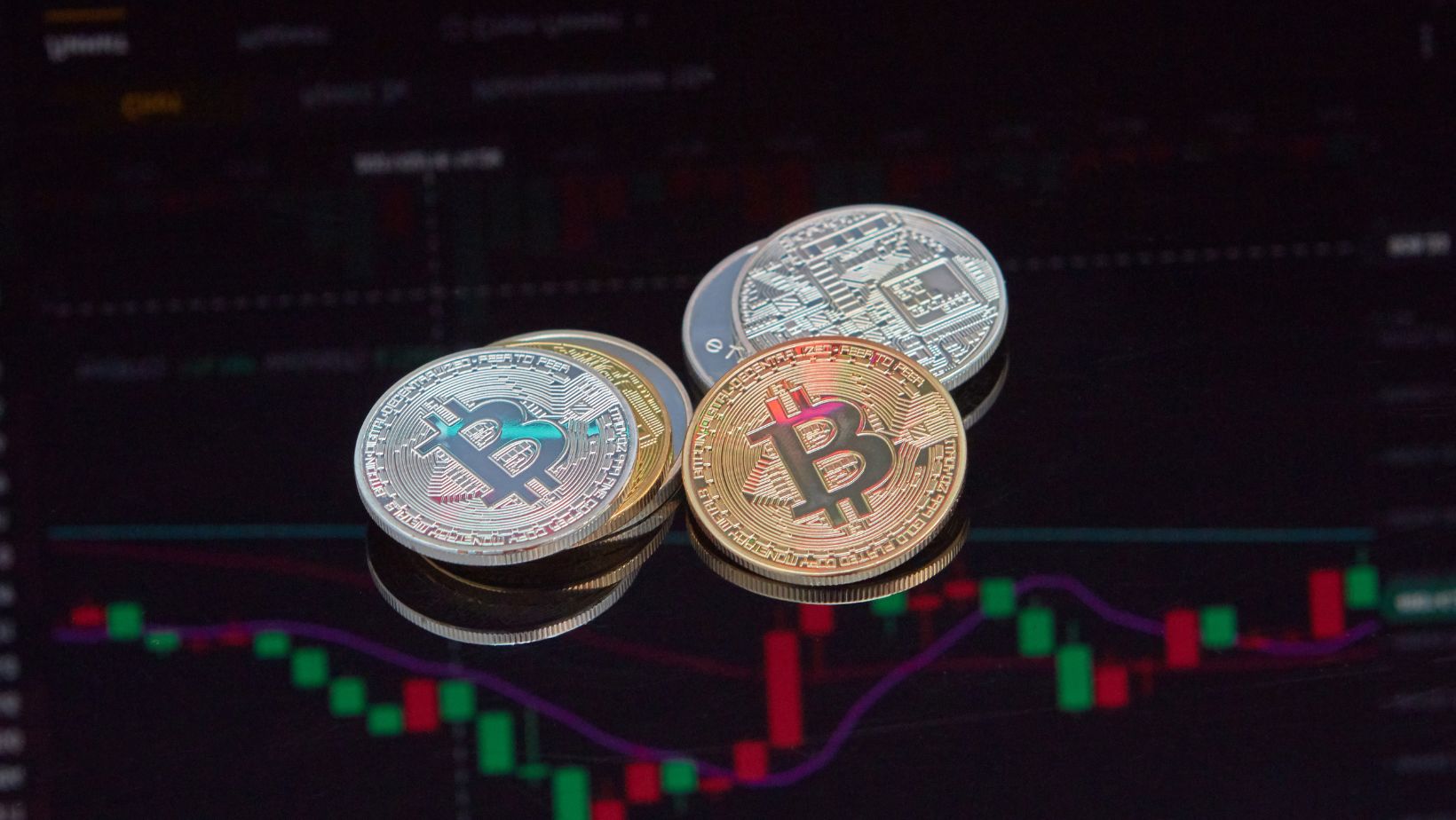Digital currencies have climbed the popularity ladder with incredible speed and much of their ascension has been fueled, among other things, by their excessive volatility. We say excessive because no other asset class experiences such sharp price swings in such short periods of time. To put things into perspective, the price of a coin can drop or rise by thousands of dollars within a matter of days.
Bitcoin’s price history provides an eloquent example in this respect, as the crypto has been oscillating between surprising gains and equally shocking drops since its inception. Apart from offering a platform where people can buy Ethereum, Bitcoin and other established coins, exchanges like Binance keep track of daily crypto price movements and can therefore provide more in-detail information about these trends, painting a more comprehensive picture of crypto’s volatility.
That being said, beyond decentralization, transparency and convenience, volatility has always been a major selling point for Bitcoin and the altcoins, creating the potential for massive returns (or massive losses). But the same volatility has made many analysts and experts label crypto as a tool for speculation, instead of a viable means for payment or an investment venue, as they were initially intended.
And now, with the cryptocurrency market getting bigger by the day and gaining more ground in the global financial system, governments around the world can no longer afford to ignore this new asset class or its volatile nature. As a result, many countries have introduced or are working on implementing legal frameworks for crypto in order to address many of the risks it poses. But will these regulations be able to tackle the volatility issue? That’s the dilemma that we’re going to explore in this post.
Why is Crypto So Volatile?
The first step towards finding the solution to a problem is to clearly define and identify the root cause of the problem. So, in this case, we have to understand where crypto volatility comes from. Volatility in the cryptocurrency market can be attributed to a combination of inherent characteristics and external factors that exert influence over this asset class.

First of all, we need to point out that the cryptocurrency market is still young and going through the normal growing pains all innovations experience in their early days. Just as it happened with the internet and other technologies, it takes time for something that’s new and unfamiliar to gain widespread recognition and acceptance and enter the mainstream. Therefore, since digital currencies haven’t had enough time to mature as a form of payment or investment, they are currently in their price discovery phase which causes their value to fluctuate wildly.
Another aspect that contributes to heightened crypto volatility is market sentiment. Given their lack of inherent value, crypto’s worth is largely determined by what people think about it. If enough people believe in a crypto’s potential and utility, its price will consequently increase. Media coverage plays a crucial role in shaping people’s perception of crypto assets, with a few tweets from the right people having the power to almost instantly increase a coin’s popularity and value or, on the contrary, cause it to plummet.
As with all other markets, supply and demand also has a great influence on crypto prices. Many digital currencies, including Bitcoin, have a predetermined market cap. Theoretically, the closer we get to reaching the limit, the higher the prices are going to get, considering that demand will most likely trump supply. Bitcoin’s appreciation over the years can be a result of its diminishing supply.
Last but not least, regulations or the lack thereof, seem to worsen volatility in the crypto market. More precisely, speculations about governments’ implication in the cryptocurrency industry as well as the SEC’s (Securities and Exchange Commission) recent crackdown on crypto creates tensions in the market that reflect in the price of crypto assets.
Can Regulations Fix Volatility?
Given that the crypto industry has only recently come under lawmakers’ scrutiny, the relationship between crypto regulations and volatility continues to evolve. At the moment, the crypto regulatory landscape is rather chaotic and fragmented, lacking coherence and continuity.
In 2022, the U.S. has announced it will introduce new crypto regulations that will be enforced by the SEC and the Commodity Futures Trading Commission (CFTC). These regulators have already taken numerous actions in this respect, filing lawsuits against several crypto companies. China has taken a much more drastic approach by banning all operations related to digital assets on its territory. On the other hand, countries like El Salvador and the Central African Republic have accepted Bitcoin as a legal tender and many other developing nations seem keen on following in their footsteps.

One doesn’t have to be a crypto expert to realize that having a multitude of dissimilar and contradictory regulations across different countries, and sometimes within the same jurisdiction, cannot help with volatility but can make it worse instead. But it’s just as obvious that regulatory efforts are still in their incipient stage as it’s only been a couple of years since regulators have started to take these issues seriously.
For now, authorities are still trying to figure out how to properly regulate an asset class that’s completely new and extremely complex, so it will probably take some exploration and experimentation until reaching a consensus on the matter. Over time, legal frameworks are expected to become clearer and thus promote responsible innovation, create a safer and more stable crypto market where investors and consumers are protected from common risks and ensure greater financial inclusion. This, in turn, can result in reduced volatility and widespread crypto adoption, which has always been the goal for crypto assets.
Wrapping Up
It’s important to note that one can never be sure about the evolution of the crypto industry, as the successive bear and bull markets have proved it time and time again. So, it’s difficult to say whether regulations will appease crypto volatility or not. The only thing that we know for sure is that healthy volatility is necessary for the crypto market to thrive, so we can only hope that future regulations will be able to tackle this issue in an adequate manner.















